8 Mechanical There are many options for mechanical treatments of invasive plants Large machinery may be the most cost effective way to control some dense infestationsFeb 28, 15 · Scientific and common names of known exotic plant species in Redwood National and State ParksExotic species currently targeted are underlinedDerivation of the botanical name Torilis, Umberto Quattrocchi says "A meaningless name or possibly from toreo "to bore through, to pierce," referring to the prickled fruit japonica, JapaneseThr Hebrew Name גזיר, gazir;
Torilis Japonica Japanese Hedge Parsley Minnesota Wildflowers
Japanese hedge parsley wisconsin
Japanese hedge parsley wisconsin-Hedgeparsleys invade forests, grassland, hedgerows and roadsides Currently, only Japanese hedgeparsley is known in Wisconsin Pets, such as dogs, and other animals appear to be spreading Japanese hedgeparsley quickly throughout the stateJun 24, 11 · Hedgeparsleys invade forests, grassland, hedgerows, and roadsides Currently, only Japanese hedgeparsley is known in Wisconsin Pets, such as dogs, and other animals appear to be spreading Japanese hedgeparsley quickly throughout the state For more information including identification, control methods and NR40 status visit WDNR


17 Junior Miss Service Project Removing Japanese Hedge Parsley
Japanese knotweed Fallopia japonica High None glossy buckthorn More Info Frangula alnus High None dame's rocket Hesperis matronalis High None Japanese hops Humulus japonicus High None hydrilla Hydrilla verticillata High Prohibited invasive aquatic plant per 312 IAC 123 European frogbit Hydrocharis morsusranae HighJapanese Hedge Parsley (view details) Contributors • Log In Using this photo This image has a Creative Commons Attribution 30 ( CC BY 30 ) licenseDictcc Übersetzungen für 'Japanese hedge parsley' im EnglischDeutschWörterbuch, mit echten Sprachaufnahmen, Illustrationen, Beugungsformen,
Japanese hedgeparsley (JHP) or erect hedge parsley (Torilis japonica) is an invasive weed native to Eurasia JHP is currently observed in various densities in woodland and savanna ecosystems in the United States and Canada (Figure 1) It is now a majorJapanese Hedge Parsley Japanese Honeysuckle Japanese hops Japanese knotweed Japanese Plume Grass Japanese Stilt Grass Kudzu Leafy Spurge Lesser Celandine Lilyofthevalley Lyme Grass Manchu Tubergourd Mileaminute Weed Moneywort Multiflora Rose Narrowleaved CattailTorilis is a genus of plants in the family Apiaceae which are known generally as the hedge parsleysThey are native to Eurasia and North Africa but have been introduced to other continents T arvensis is quite widespread in North America but is facing population decline in the UK Selected species Torilis arvensis spreading hedge parsley, Canadian hedge parsley, common hedge parsley
Jun 29, · Japanese hedge parsley has lacey, finely divided leaves like poison hemlock, but has fine hairs along the leaves and stem and does not have the distinct purple spotting There are also hooked hairs on the fruit False chervil fruit are narrowly eggshaped Stems are hairy, ribbed and the leaf sheath wraps around the stemHedge Parsley (Torilis arvensis), that should also be removed when spotted Japanese Hedge Parsley can be distinguished by the presence of 28 bracts at the base of an individual umbellet Spreading Hedge Parsley has no bracts or a single bract Description Japanese Hedge Parsley is an annual to biennial plant in the Carrot Family It hasJapanese hedge parsley is an erect forb that rises on multiple stems from a thick taproot It can be 8 ″ to 48 ″ tall, but in Minnesota flowering plants are usually no more than 24 ″ in height In Minnesota it is a biennial, taking two years to complete its life cycle In more southerly regions it
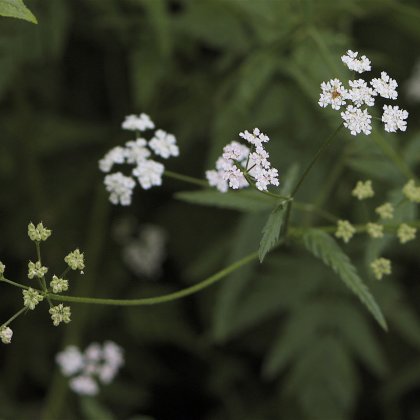


Japanese Hedge Parsley Torilis Japonica Identify And Learn About Your Plants With Groww



Tom S Blog Japanese Hedge Parsley Starting To Show
Torilis japonica is a member of the familiar family of plants known as the Apiaceae, that includes carrots, parsley, etc Leaves are compound and alternate and the flowers are small with white petals The flowers are numerous and are arranged in flattopped "umbels"Upright Hedge Parsley, Japanese hedgeparsley, Erect hedgeparsley;Japanese hedgeparsley has two or more small bracts at the base of each umbel Spreading hedgeparsley lacks bracts at the base of each umbel Fruits & seeds Each flower produces a pair of bristlecovered fruit that can attach to fur or clothing Fruit are initially rosy or whitegreen, but become brown as they mature Roots Taproot



Japanese Hedge Parsley Upright Hedge Parsley Erect Hedge Parsley Torilis Japonica Stock Photo Picture And Rights Managed Image Pic Bwi Bs Agefotostock


17 Junior Miss Service Project Removing Japanese Hedge Parsley
Plants are 26′ tall Why is it a problem?Japanese hedge parsley is considered a winter annual (germinating in fall) or a biennial The first year plants have finely divided fernlike leaves in a rosette near the ground White umbel flowers develop into small seeds with burrs that catch on fur and clothingJapanese Hedge Parsley rapidly takes over an area This is a very invasive nonnative plant Another example of how it takes over Range map for Japanese Hedge Parsley (Torilis japonica)
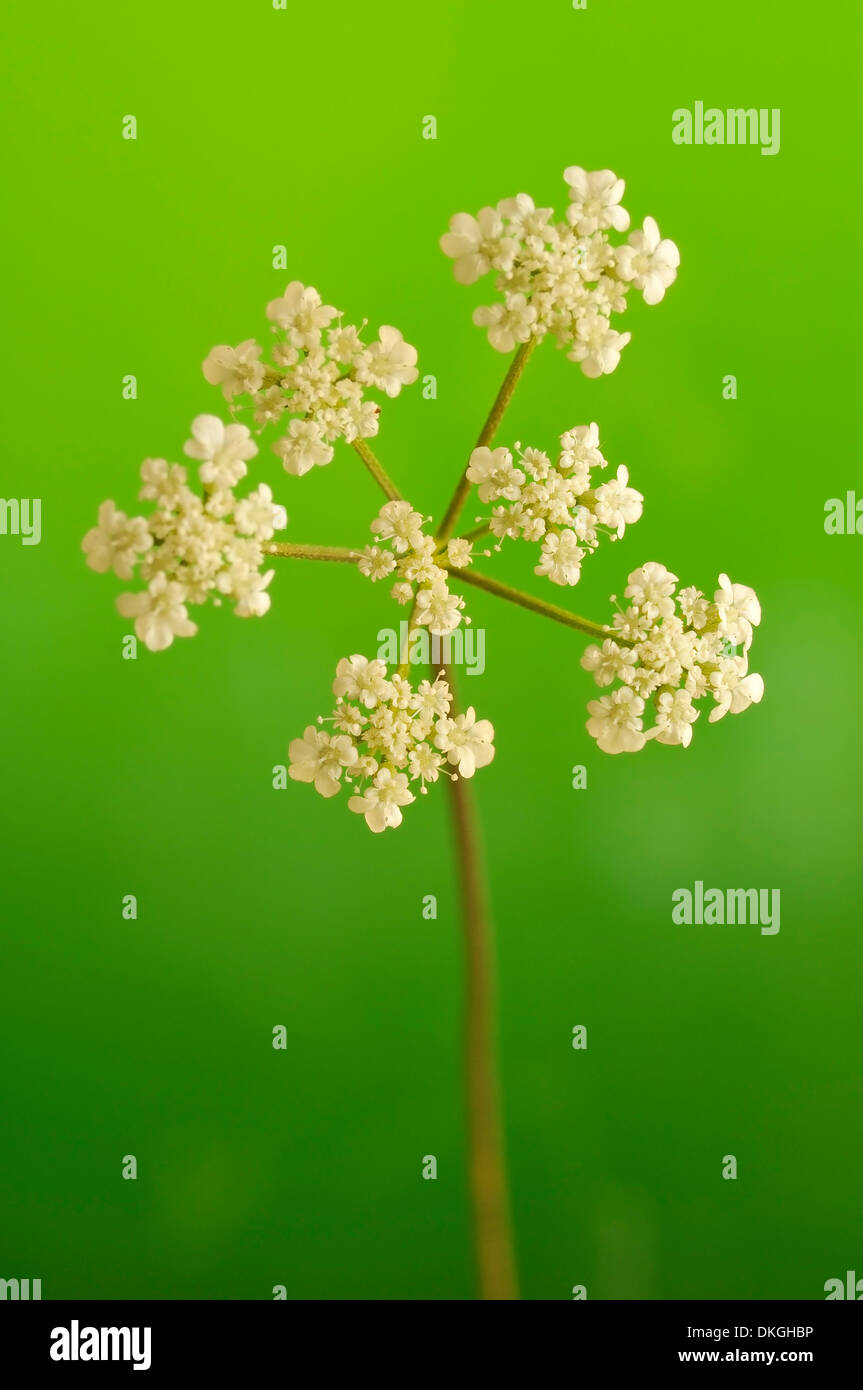


Japanese Hedge Parsley Torilis Japonica Apiaceae Vertical Stock Photo Alamy



Japanese Hedge Parsley Torilis Japonica Wisconsin
Japanese hedge parsley is a relatively new invasive to Wisconsin It is a biennial that flowers in midsummer of the second year;Japanese hedgeparsley (Vandelook 08), erect hedgeparsley (USDA 07), upright hedgeparsley, and hemlock chervil (which can refer to either T japonica or T arvensis) (Steyermark 1963;Japanese hedge parsley can be mistaken for a stunted cow parsley (Anthriscus sylvestris) plant, even though the flowering plant's petals are slightly reddish


Torilis Japonica Japanese Hedge Parsley Minnesota Wildflowers
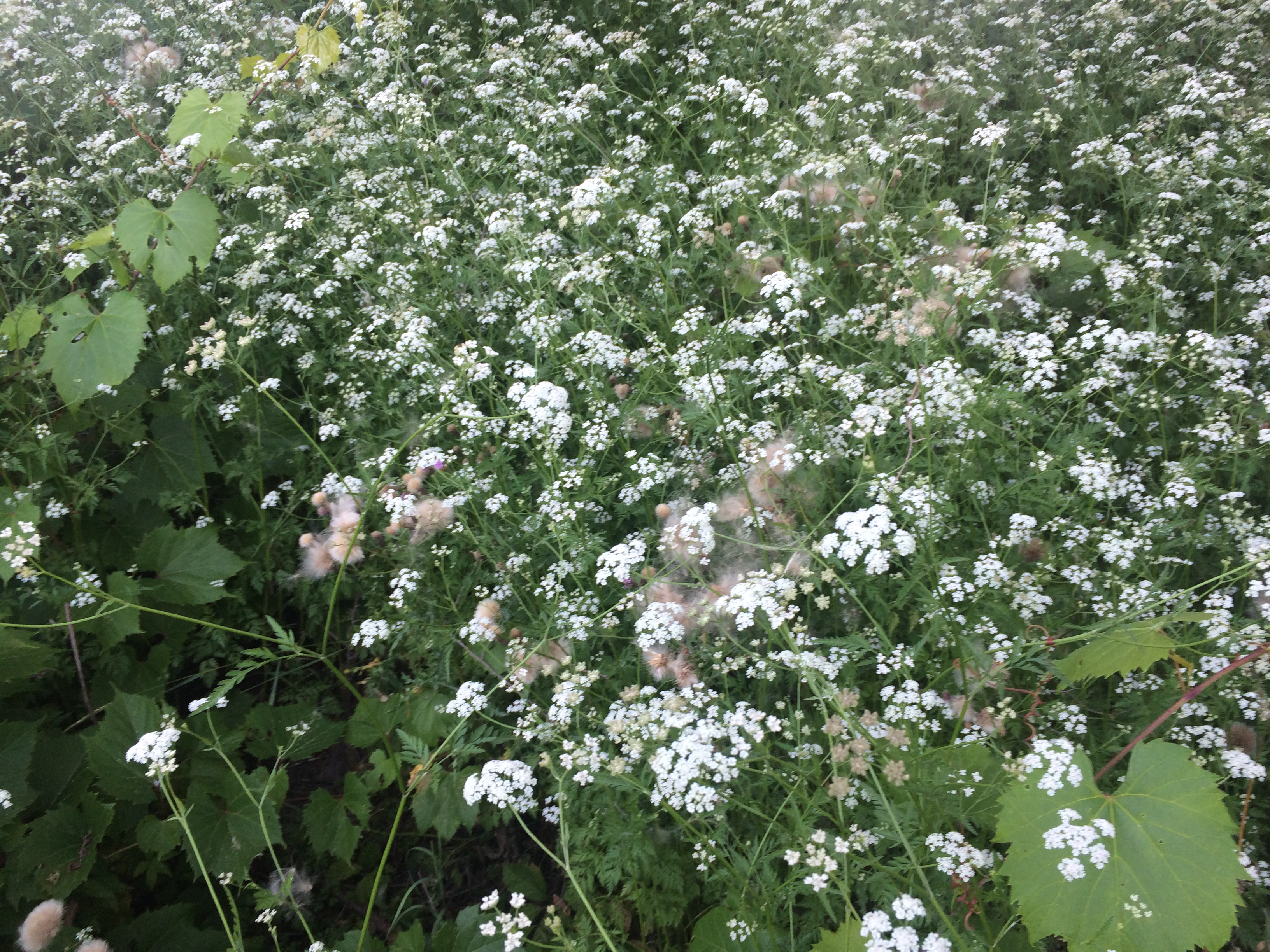


Japanese Hedge Parsley Neighborhood Greening
Edible parts of Upright Hedge Parsley Leaves cooked Root peeled and eaten raw Although we have no record of the seed being edible, there is a report that it contains 16 21% protein and 10 23% fat Propagation of the herb Seed best sown in situ as soon as it is ripe It can also be sown in spring Cultivation of Upright Hedge ParsleyHedge parsley This plant can be weedy or invasive according to the authoritative sources noted belowThis plant may be known by one or more common names in different places, and some are listed above Click on an acronym to view each weed list, or click here for a composite list of Weeds of the US STATEAug 04, · What is Japanese hedge parsley?



Japanese Hedge Parsley Is A New Invasive Species To Mn And Is Quickly Spreading Throughout The Metro Rosettes Pictured Invasive Species Invasive Plants Hedges



Torilis Japonica Japanese Hedge Parsley Arthropodafotos De
Jun 25, · Japanese hedge parsley has lacey, finely divided leaves like poison hemlock, but has fine hairs along the leaves and stem and does not have the distinct purple spotting There are also hooked hairs on the fruit False chervil fruit are narrowly eggshaped Stems are hairy, ribbed and the leaf sheath wraps around the stemErect hedgeparsley (also known as Japanese hedgeparsley) is a biennial plant in the carrot family Second year plants can grow up to six feet tall and have an umbrella shaped cluster of small white flowers This invasive plant is relatively new to Minnesota andSouthwestern British Columbia to California, also in southcentral and eastern North America Habitat Forest understory and edge, thickets, fields, roadsides, wastelots, and other disturbed areas at low


Japanese Hedge Parsley


Eddmaps Record Id Japanese Hedge Parsley Erect Hedgeparsley Torilis Japonica Eddmaps
Erect hedge parsley English Japanese hedge parsley English (US) upright hedge parsley English (GB) Borstendolde German gemeiner KlettenkerbelEnglish erect hedgeparsley, erect hedgeparsley, Japanese hedgeparsley, upright hedgeparsley العربية قميلة يابانية беларуская Торыліс японскіIt's an upright hedge parsley used in therapeutic antimicrobial treatments throughout Japan, Korea, and China since ancient times


Japanese Hedge Parsley Torilis Japonica



Stockfoto Gemeiner Klettenkerbel Gewoehnlicher Kletten
Common Name HEDGEPARSLEY Coefficient of Conservatism * Coefficient of Wetness 3 Wetness Index FACU Physiognomy Ad AForb D Dister All Images Enlarge Image Roadsides, trails, clearings, and other disturbed areas of upland forests and swamps A European species, rather recently established as a weed in our areaApr 29, 21 · Japanese hedge parsley (Torilis japonica) Poison hemlock ( Conium maculatum ) You can learn more about how to identify these plants, andFlowers are in flat clusters (umbels) 1½ to 2 inches across, in groups (umbellets) of 10 to flowers each Clusters are at the top of the plant and at the end of stems that arise opposite the leaves Individual flowers are white, about 1/8 inch across with 5 notched petals of unequal size, a creamy white center and 5 white to pink stamens
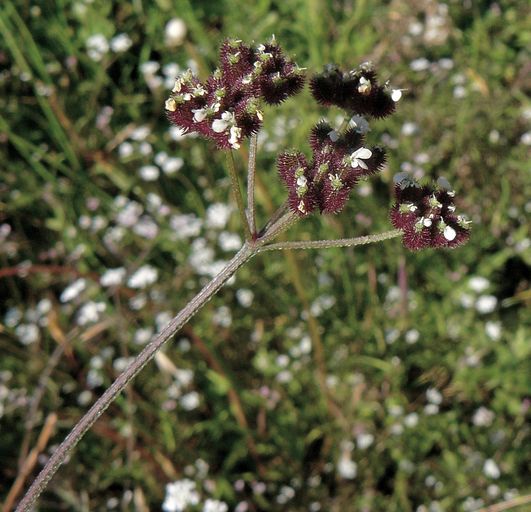


Calphotos Torilis Japonica Japanese Hedge Parsley
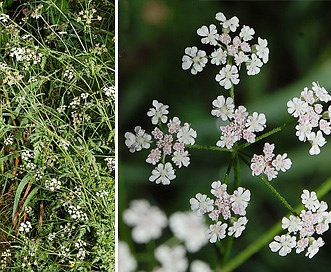


Torilis Japonica Japanese Hedge Parsley
This is part of a series of videos providing key characteristics for the identification of invasive plants listed in Wisconsin's invasive species administratגזרזור gazrur (=hedge parsley), from גזר, gezer, (=carrot) The standard author abbreviation Houtt is used to indicate Maarten Houttuyn (17 – 1798), aJun 12, · That helps prevent the spread of garlic mustard and Japanese hedge parsley seeds The NAISMA biennial conference brings together academics, practitioners, landowners and land managers to share the latest information about invasive plants and animals across the US and Canada Consider joining NAISMA when you buy your buckthorn blaster



Japanese Hedge Parsley Erect Hedgeparsley Torilis Japonica Apiales Apiaceae
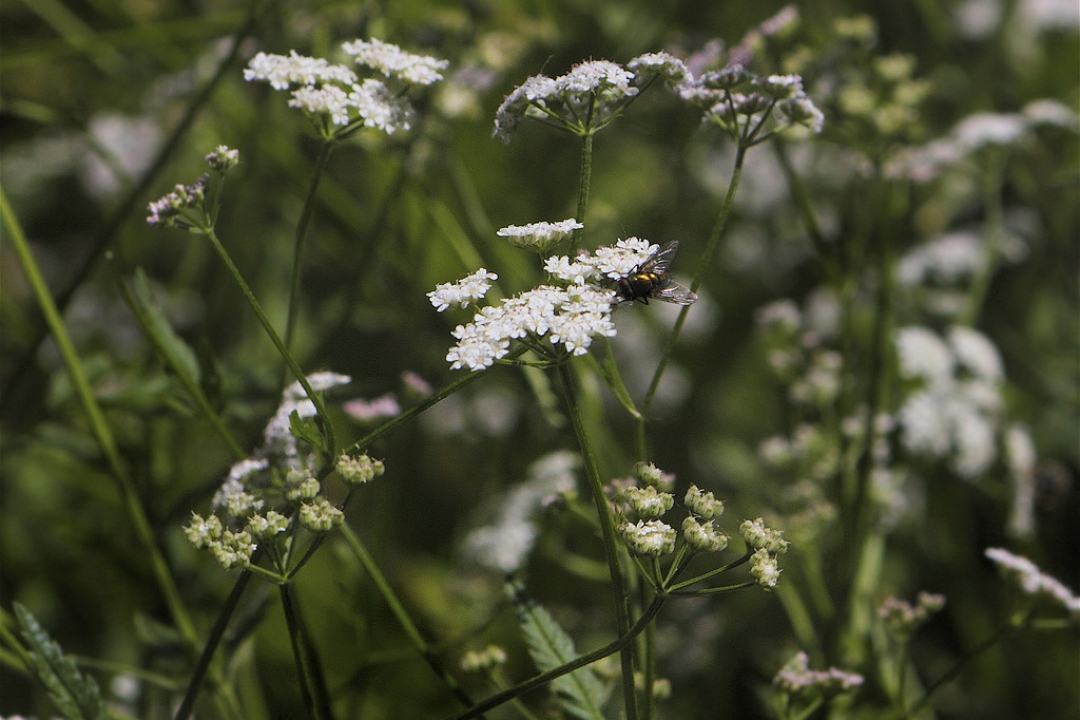


Japanese Hedge Parsley Torilis Japonica Identify And Learn About Your Plants With Groww
Fruit ovoid, 34 mm long, covered with incurved spinesJapanese hedgeparsley, erect hedgeparsley Torilis japonica (Houtt) DC This species is Introduced in the United States States Counties Points List Species Info Appearance Torilis japonica is a biennial herb that grows 24 ft (0612 m) tall when flowering FoliageThe fernlike leaves are most similar to Poison Hemlock and Japanese Hedgeparsley Poison Hemlock is generally a larger plant, has a smooth stem variably covered in purple spots, and fruit covered in wavy ribs Japanese Hedgeparsley has stiff appressed hairs on leaves and stems, 2 to a few linear bracts at the base of umbels, and hooked hairs


Flora Of Sweden Torilis Japonica



Torilis Japonica Japanese Hedge Parsley Arthropodafotos De
Japanese hedge parsley has lacey, finely divided leaves like poison hemlock, but has fine hairs along the leaves and stem and does not have the distinct purple spotting There are also hooked hairs on the fruit False chervil fruit are narrowly eggshaped Stems are hairy, ribbed and the leaf sheath wraps around the stemTorilis japonica, Japanese Hedgeparsley, Erect Hedgeparsley NameThatPlantnet currently features 3842 plants and 23,2 images For many plants, the website displays maps showing physiographic provinces within the Carolinas and Georgia where the plant has been documented On NameThatPlantnet, plants are shown in different seasons (not just in flower), and you canTorilis japonica – upright hedgeparsley, Japanese hedgeparsley Distribution Occurring chiefly west of the Cascades crest in Washington;


Wildflower Hedge Parsley Upright Irish Wild Flora Wildflowers Of Ireland


Japanese Hedge Parsley Torilis Japonica
Peduncle up to 15 cm long;For a long time, Common Hedge Parsley was incorrectly identified as Torilis japonica (Japanese Hedge Parsley) However, this latter species has about 8 linear bracts at the base of each compound umbel, and the bristles of its seeds have hooked tips While Japanese Hedge Parsley occurs in Illinois, it far less common than Common Hedge ParsleyJun 10, · Japanese hedge parsley is a key ingredient due to its antiviral and antibacterial agents that support healthy immune and inflammation response What is Japanese Hedge Parsley?


Japanese Hedge Parsley Torilis Japonica Ontario Wildflowers



Magnoliids Apiaceae Chromolithograph Published In 15 High Res Vector Graphic Getty Images
Leaves 12 pinnate, segments pinnatifid to pinnatipartite;Rays 410, hispid with linear involucre bracts;Foliage Firstyear rosettes are low, parsleylike and green into fall The stem leaves are alternate, fernlike, 25 in ( cm) long and slightly hairy



Japanese Hedge Parsley Invasive Plants Association Of Wisconsin
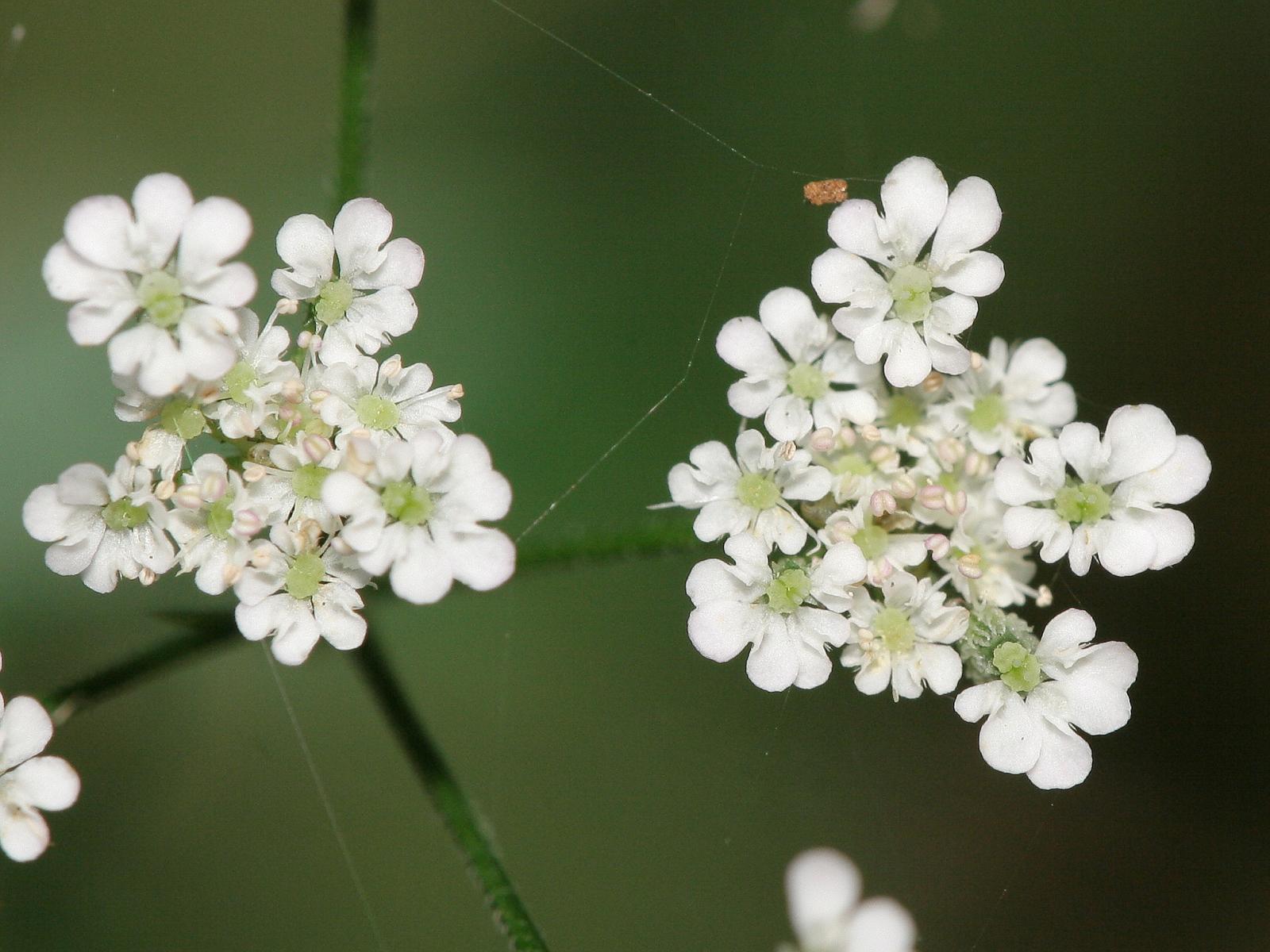


Torilis Japonica Wikipedia
Torilis japonica (Japanese hedge parsley) has effective antiviral and antibacterial agents that support healthy immune and inflammation response Llysine is an amino acid that inhibits viral replication and blocks receptors involved in stress responseUmbels Japanese hedgeparsley has two or more small bracts at the base of each umbel Spreading hedgeparsley lacks bracts at the base of each umbel Fruits and seeds Each flower produces a pair of bristlecovered fruit that can attach to fur or clothing Fruit are initially rosy or whitegreen, but become brown as they mature Roots TaprootFoliage Firstyear rosettes are low, parsleylike and green into fall The stem leaves are alternate, fernlike, 25 in ( cm) long and slightly hairy



Japanese Hedge Parsley



Japanese Hedge Parsley Torilis Japonica Wisconsin
Plants up to 70 cm tall;Japanese Hedge Parsley is an erect biennial invasive plant, growing on ridged branched stems 2 to 4 feet in height Stems are covered with appressed stiff hair The basal rosette develops the first year, staying green until late fall and the flowering stem develops in the second yearMay 29, · Japanese Hedge Parsley Torilis japonica Japanese Knotweed Reynoutria japonica Japanese Lilac Syringa reticulata Jetbead Rhodotypos scandens Kudzu Pueraria montana Mint spp Lamium spp Dead nettles Pachysandra Pachysandra terminalis Parrot Feather Myriophyllum aquaticum Saltcedar/Tamarisk Tamarix ramoisissima Phragmites Phragmites
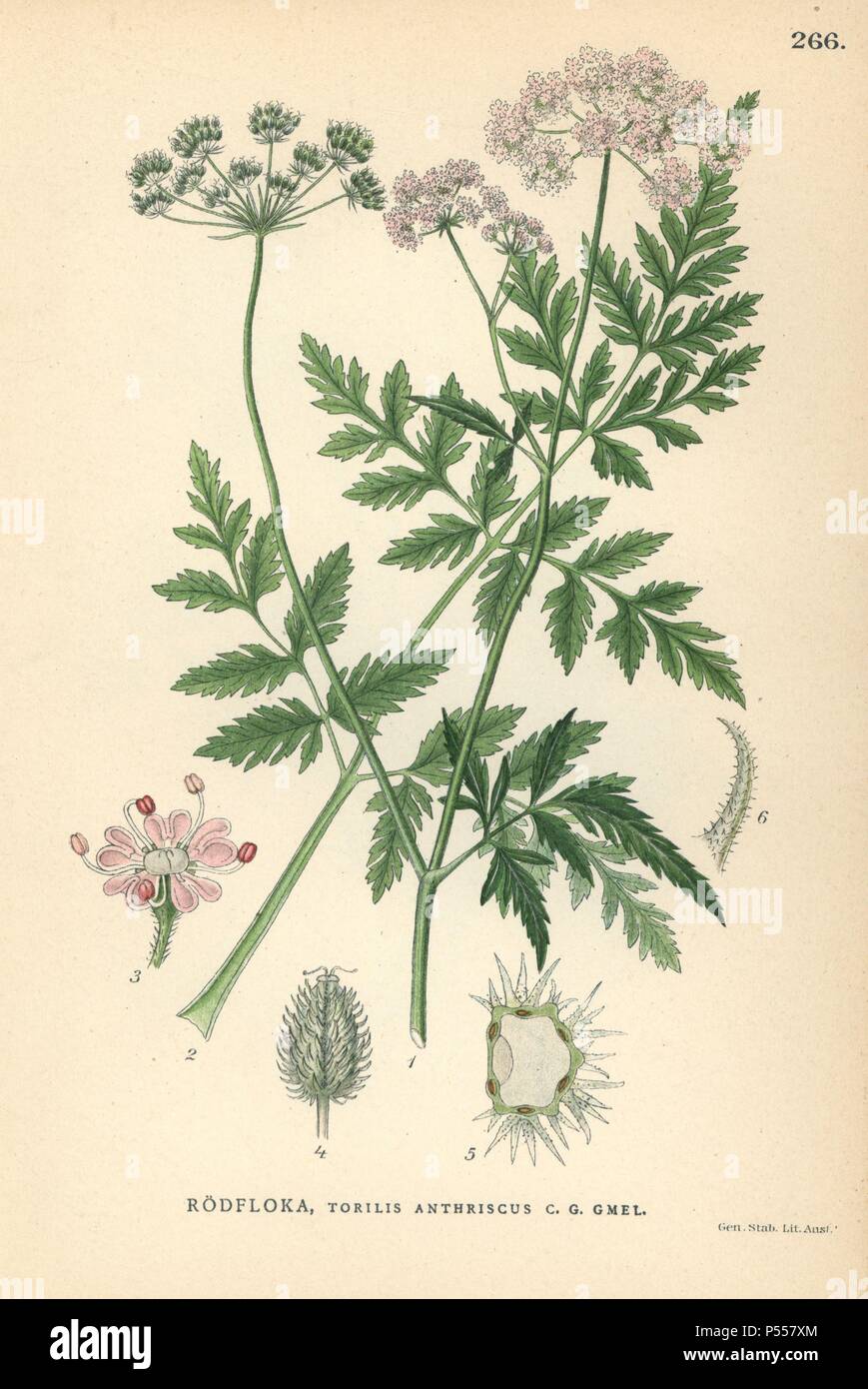


Japanese Hedge Parsley Torilis Japonica Chromolithograph From Carl Lindman S Bilder Ur Nordens Flora Pictures Of Northern



Torilis Japonica Houtt Dc Upright Hedge Parsley World Flora Pl Ntnet Identify
Yatskievych 06) Description, Growth, and Development Japanese hedgeparsley is a slender herbaceous plant that can grow to 1 m (33 ft) in height (Gleason and



Stockfoto Gemeiner Klettenkerbel Torilis Japonica Bl


Flora Emslandia Torilis Japonica Japanese Hedge Parsley



Torilis Japonica Upright Hedge Parsley Erect Hedge Parsley Scabby Head Erect Hedgeparsley Japanese Hedge Parsley Caucalis Anthriscus Anthriscus Care Plant Varieties Pruning Advice
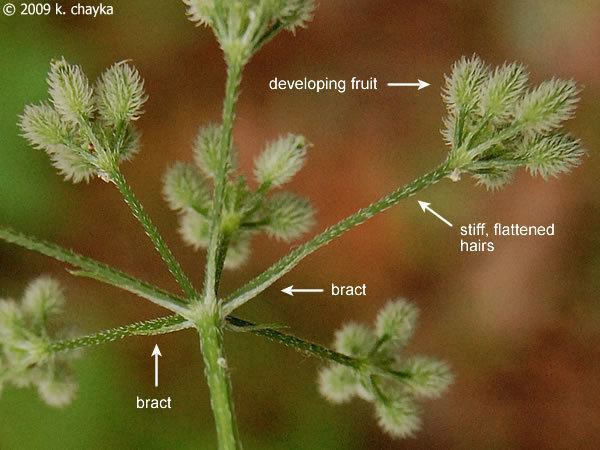


Torilis Japonica Alchetron The Free Social Encyclopedia


Myimpactpage 7 18 8 08 Japanese Hedge Parsley Summer Challenge Nights



Invasive Species Photo Gallery Wisconsin Dnr


Flora Emslandia Torilis Japonica Japanese Hedge Parsley


Japanese Hedgeparsley Torilis Japonica Apiaceae Carrot



Pink Hedge Parsley Page 1 Line 17qq Com
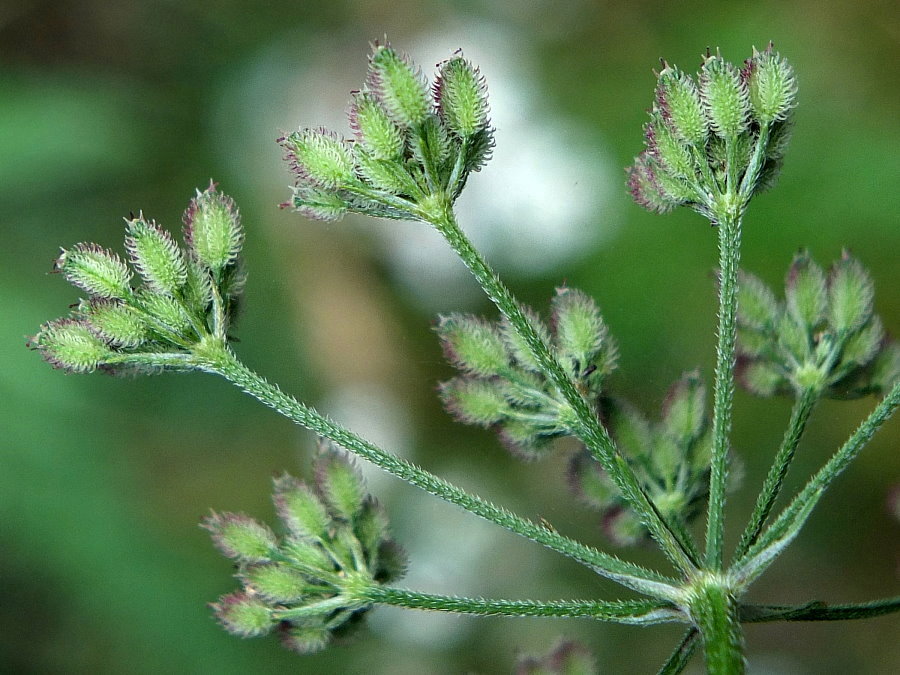


Torilis Japonica Japanese Hedge Parsley Arthropodafotos De
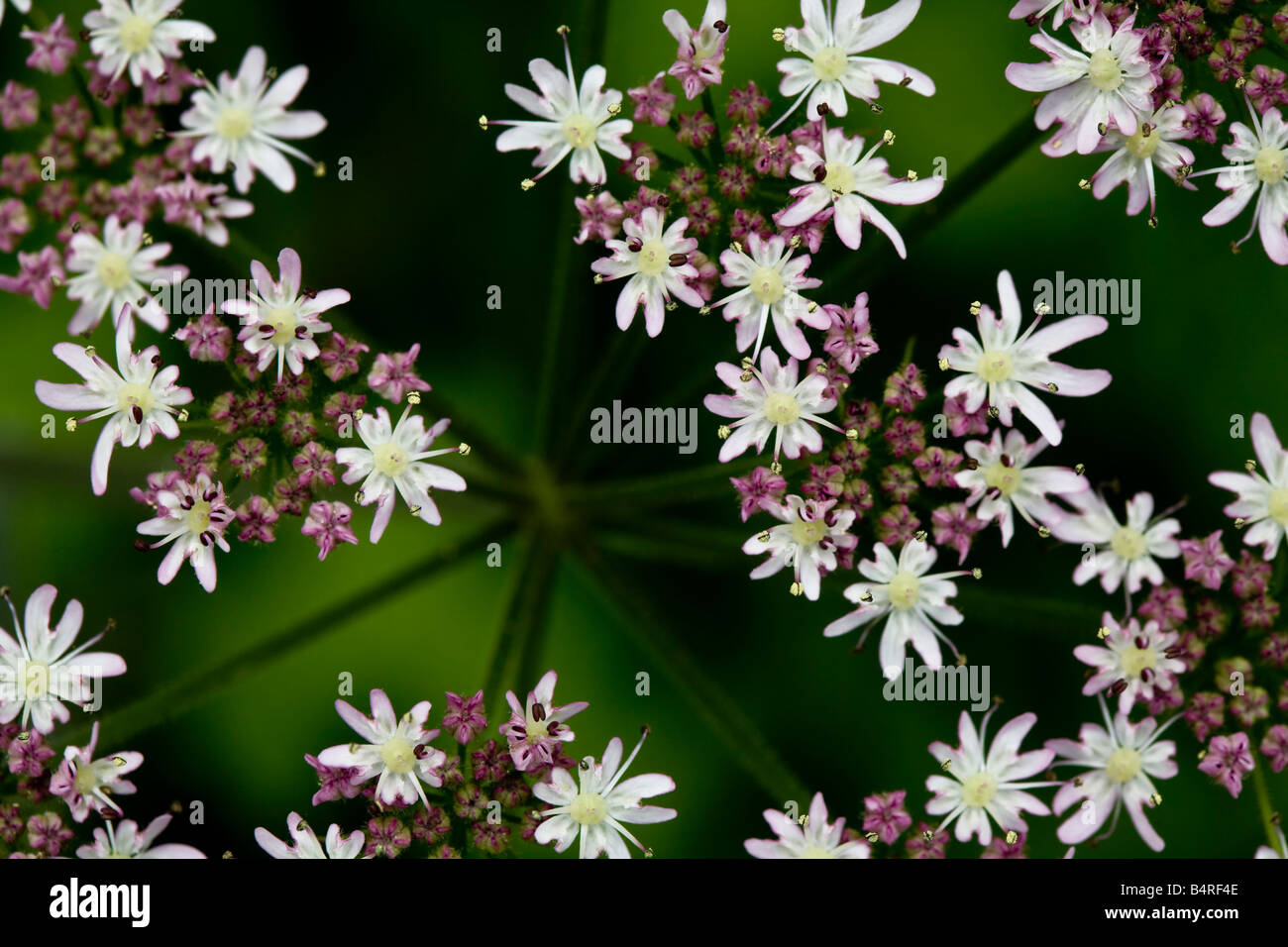


Japanese Hedge Parsley High Resolution Stock Photography And Images Alamy


Torilis Japonica Japanese Hedge Parsley Minnesota Wildflowers



Invasive Plants Of Wisconsin Torilis Japonica Japanese Hedge Parsley



Torilis Arvensis Flora Of Europe Info About What



Torilis Japonica Japanese Hedge Parsley Arthropodafotos De


Flora Of Sweden Torilis Japonica



Japanese Hedge Parsley Torilis Japonica Houtt Dc



Japanese Hedge Parsley Erect Hedgeparsley Torilis Japonica Houtt Dc


Torilis Japonica Japanese Hedge Parsley Minnesota Wildflowers


Torilis Japonica Page



Japanese Hedge Parsley Upright Hedge Parsley Erect Hedge Parsley Torilis Japonica Stock Photo Picture And Rights Managed Image Pic Bwi Bs Agefotostock


Minnesota Seasons Japanese Hedge Parsley



Foraging For The Elusive Japanese Hedge Parsley Wild Plant Guides



Japanese Hedge Parsley Torilis Japonica Flowers Naturegate


Japanese Hedge Parsley


Minnesota Seasons Japanese Hedge Parsley
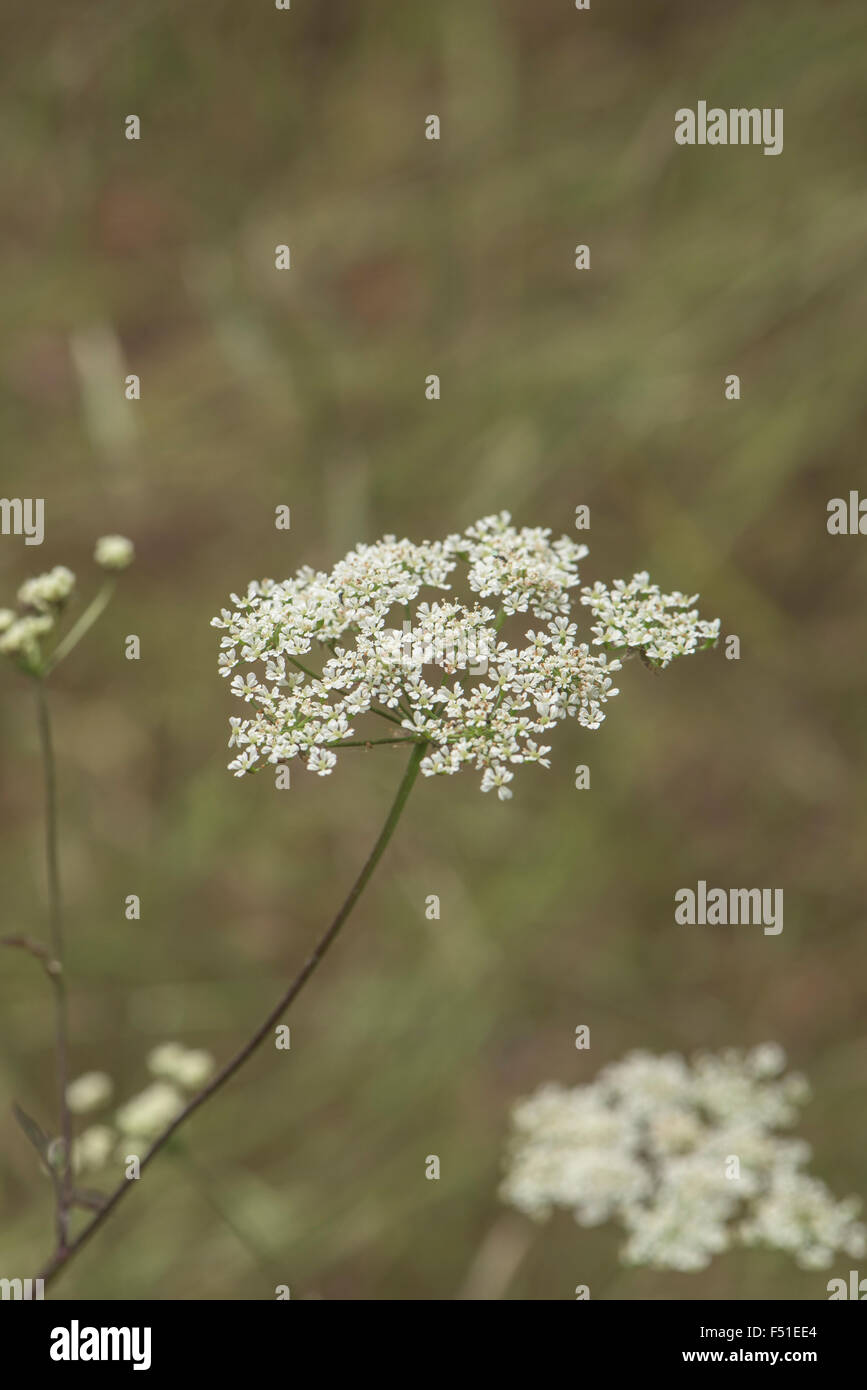


Japanese Hedge Parsley High Resolution Stock Photography And Images Alamy



Japanese Hedge Parsley Youtube



Foraging For The Elusive Japanese Hedge Parsley Wild Plant Guides



Japanese Hedge Parsley Erect Hedgeparsley Torilis Japonica Houtt Dc
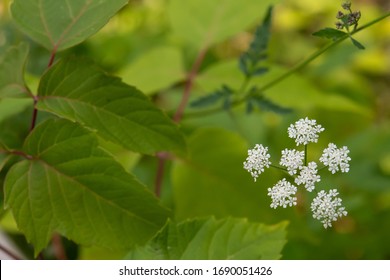


Hedge Parsley Images Stock Photos Vectors Shutterstock



Japanese Hedge Parsley Erect Hedgeparsley Torilis Japonica Apiales Apiaceae


Torilis Japonica Japanese Hedge Parsley Minnesota Wildflowers


Minnesota Seasons Japanese Hedge Parsley


Photo 2477 12 Japanese Hedge Parsley Torilis Japonica In Ashburn St College Station Texas



Hedge Parsley Plant Page 5 Line 17qq Com


Japanese Hedge Parsley
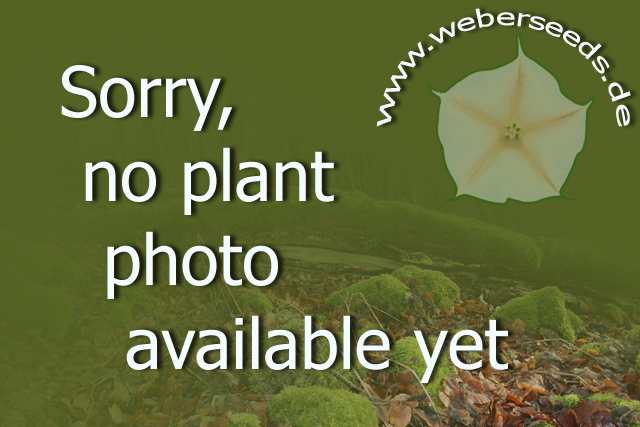


Torilis Japonica Japanese Hedge Parsley Seeds Plants Dried Herbs



Japanese Hedge Parsley Torilis Japonica Flowers Naturegate



Japanese Hedge Parsley Erect Hedgeparsley Torilis Japonica Houtt Dc



Japanese Hedge Parsley Torilis Japonica Houtt Dc



Japanese Hedge Parsley Dendroica Cerulea Flickr


Japanese Hedge Parsley
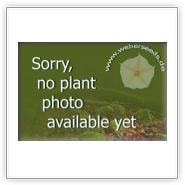


Torilis Japonica Japanese Hedge Parsley Seeds Plants Dried Herbs
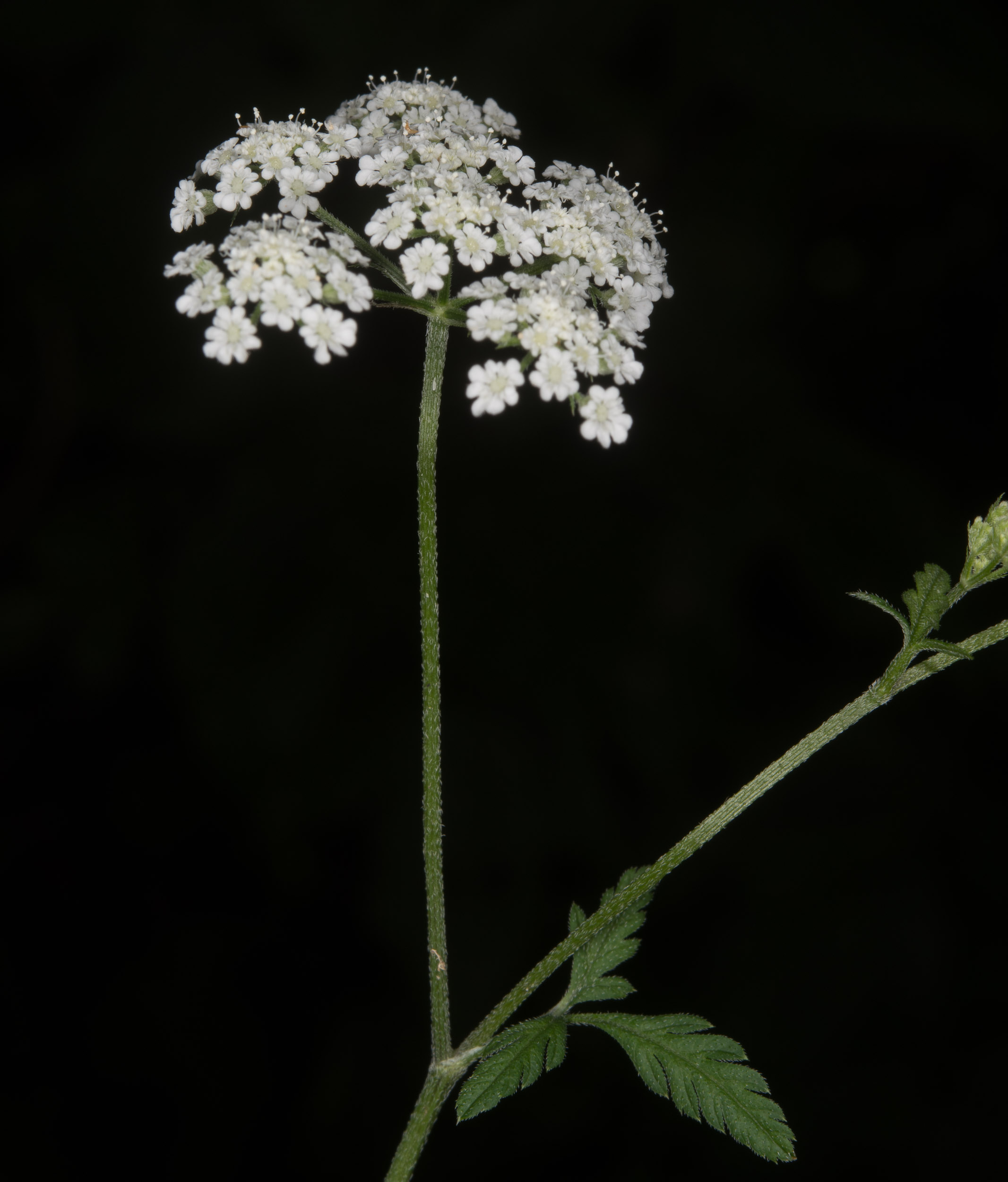


Torilis Japonica Erect Hedgeparsley



Invasive Plants Of Wisconsin Torilis Japonica Japanese Hedge Parsley



Japanese Hedge Parsley Identification Of The Wisconsin Invasive Species Torilis Japonica Youtube



Japanese Hedge Parsley Immune Support Kit Linden Botanicals


Toronto Wildlife More Japanese Hedge Parsley



Torilis Japonica Upright Hedge Parsley Bsbi Vc77



Foraging For The Elusive Japanese Hedge Parsley Wild Plant Guides



Torilis Japonica Japanese Hedge Parsley Arthropodafotos De



Foraging For The Elusive Japanese Hedge Parsley Wild Plant Guides



Common Hedge Parsley White Wildflowers Torilis Arvensis Stock Image Image Of Parsley Arvensis



Minnesota Wildflowers Torilis Japonica Japanese Hedge Parsley I Reported The First Record In The State In 09 Found At Battle Creek Park In St Paul There Are Now Well Over 100 Reports
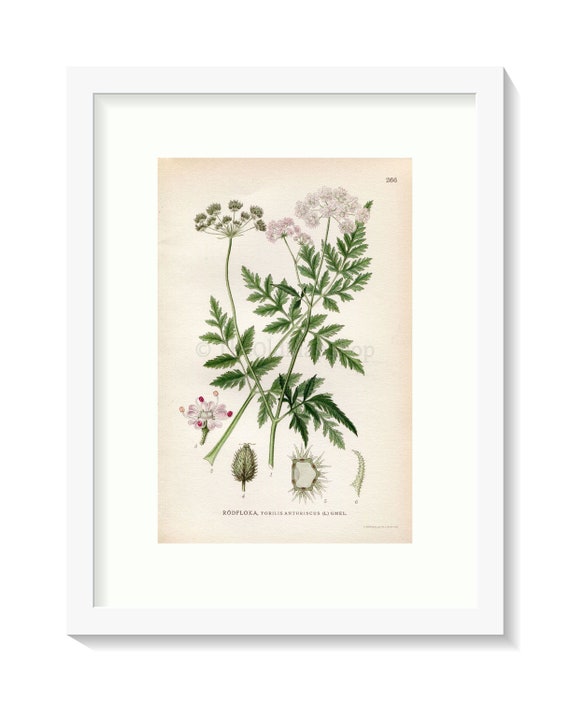


1922 Japanese Hedgeparsley Hedge Parsley Torilis Anthriscus Etsy



Historical Drawing Of Torilis Japonica Upright Hedge Parsley


Flora Emslandia Genus Torilis Hedge Parsleys



Invasive Plants Of Wisconsin Torilis Japonica Japanese Hedge Parsley



Torilis Japonica Upright Hedge Parsley Bsbi Vc77
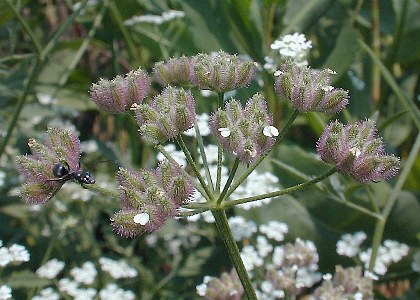


Common Hedge Parsley Torilis Arvensis
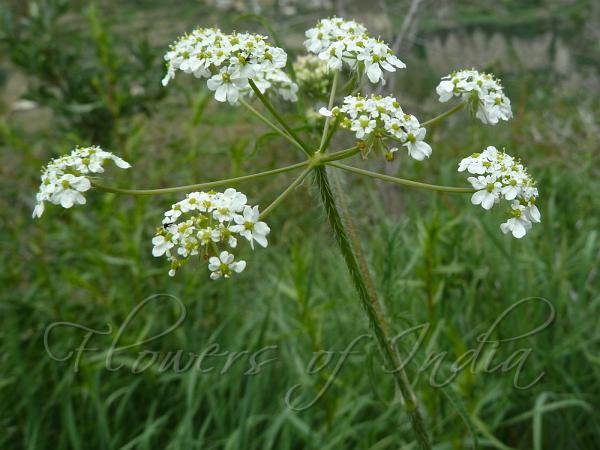


Torilis Japonica Upright Hedge Parsley



Common Hedge Parsley Pere Marquette Rail Trail Wildflowers
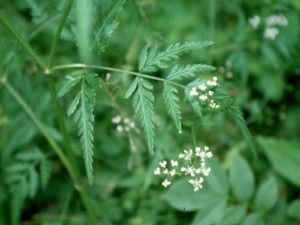


Invasive To Watch Japanese Hedge Parsley My Wisconsin Woods
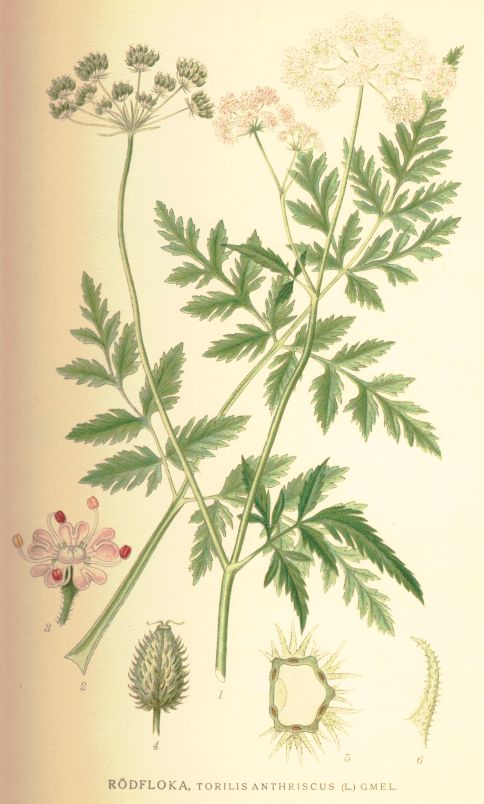


Upright Hedge Parsley Torilis Japonica Species Information Page Also Known As Scabby Head Japanese Hedge Parsley



Japanese Hedge Parsley Erect Hedgeparsley Torilis Japonica Apiales Apiaceae



Japanese Hedge Parsley Erect Hedgeparsley Torilis Japonica Houtt Dc


Toronto Wildlife More Japanese Hedge Parsley



Tom S Blog Japanese Hedge Parsley Starting To Show


